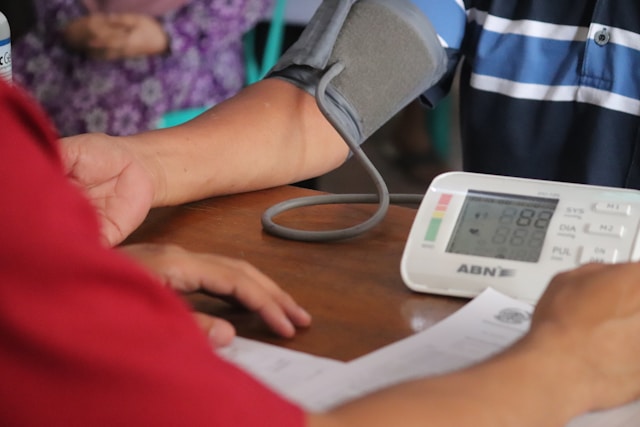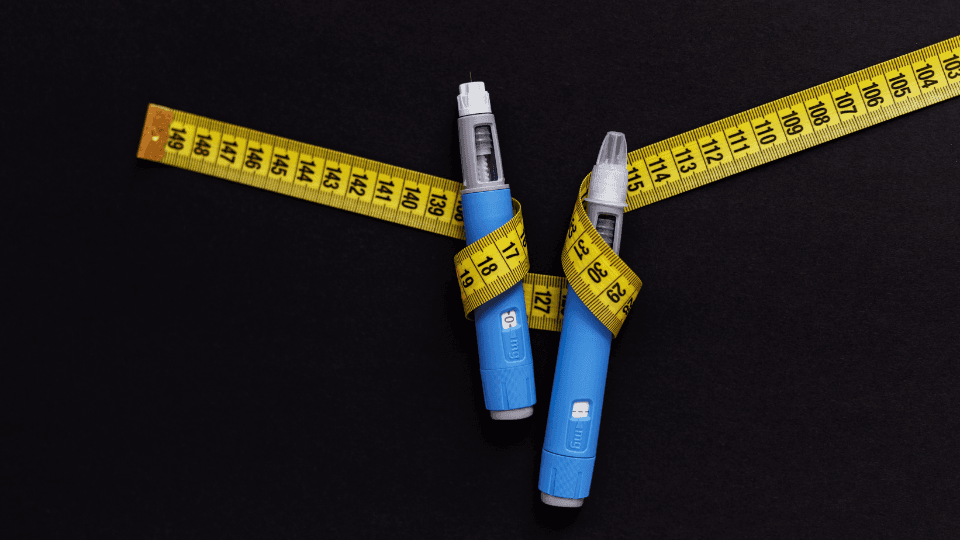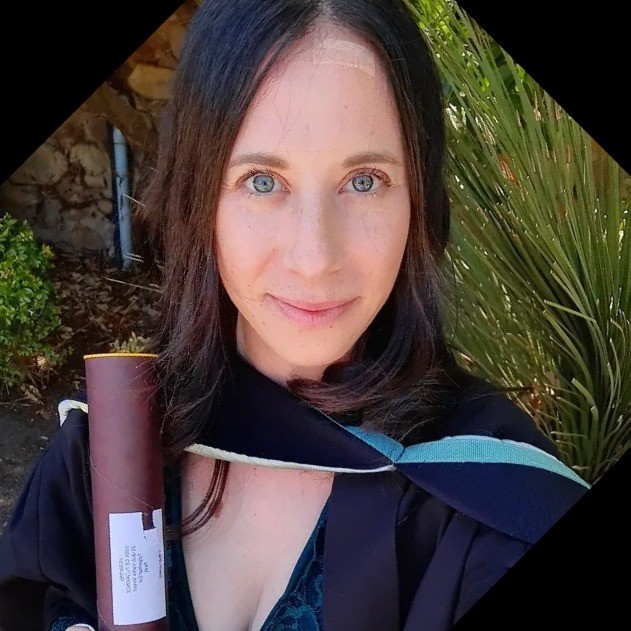Back
12 Dec 2021
Managing and preventing headaches

Francesca Carleo | Physiotherapist
2 out of every 3 people experience headaches. Severe headaches, like migraines and cluster headaches, can be very debilitating.
A cervicogenic headache is a ‘secondary headache’ which arises from problems in the cervical spine (the neck), usually due to stiff joints and muscles, or problems with the nerves in this area. The pain is referred from the neck to the head and face.
The causes may be sustained posture (like sitting at your desk in one position for hours without a break) and repetitive movements. In times of stress and tension, we often hold a lot of tension in our neck muscles which can refer, metamorphosing into a headache that we may not even realise is coming from our neck.
These headaches may also be associated with some sort of trauma (whiplash injury following an accident is one example), or problems with the temporomandibular joint, familiarly known to your physiotherapist as the TMJ. This is the joint that links your lower jaw to your skull, just below the level of your ear. The pain in this joint is commonly associated with stress and anxiety – we may not even be aware of doing things like grinding or clenching our teeth when we’re anxious, but the result can be pain which translates into a headache.
Cervicogenic headaches may occur occasionally, or they may plague you for days, weeks or even months, till you find yourself popping pain pills frequently to cope with the pain.
In addition to throbbing head pain, symptoms of a cervicogenic headache may include:
pain on one side of your head or face
a stiff neck
pain around the eyes
pain while coughing or sneezing
a headache with certain neck postures or movement
Cervicogenic headaches can also cause symptoms like migraine headaches, such as light sensitivity, noise sensitivity, blurry vision, and an upset stomach.
Solutions
Medication is a temporary fix and it is better to treat the cause rather than simply trying to block the pain. Prolonged use of medication, especially opioids and non-steroidal anti-inflammatories, has side effects.
Physiotherapists can diagnose and treat cervicogenic headaches with techniques that include:
Mobilisation of stiff joints
Release of trigger points
Strengthening, stretching and relaxing exercises for different muscles in the neck and shoulders
Movements that help you become aware of how your head is positioned on your neck
Assessment of your daily working posture (or other sustained position) and assistance with varying it
Advice on stress management techniques
So, head for help rather than suffering in silence. Headaches can be successfully treated and prevented.













